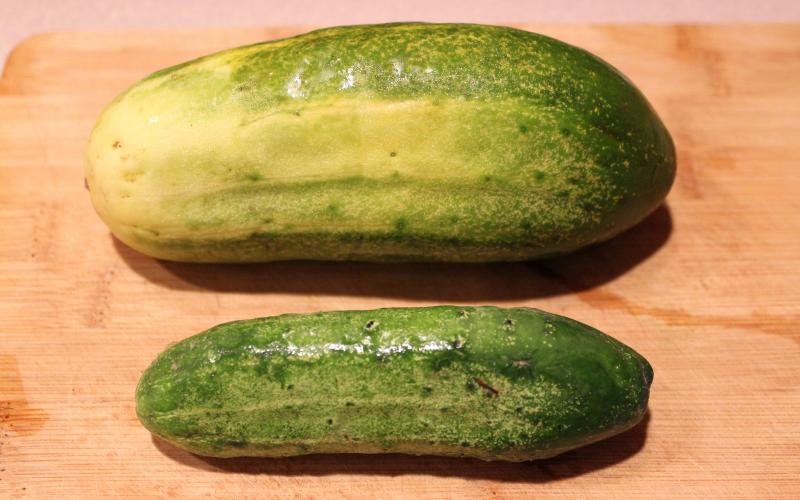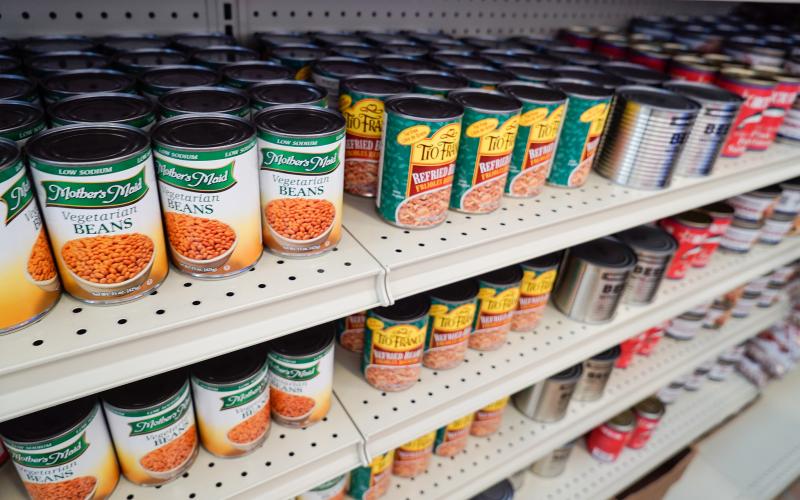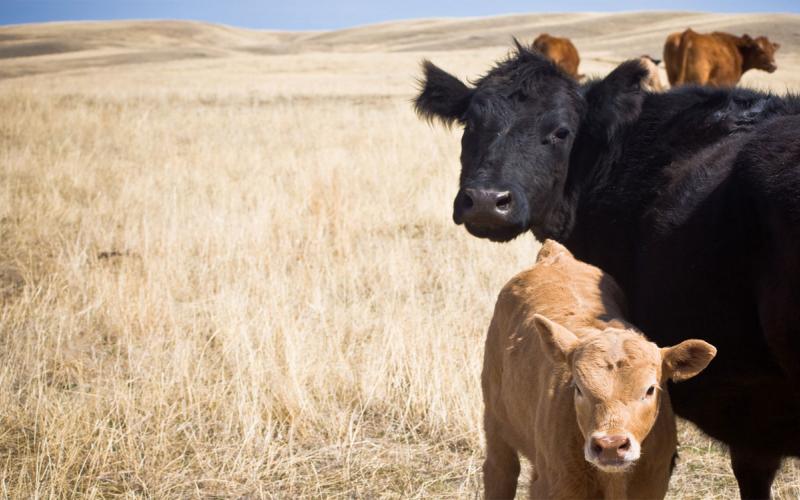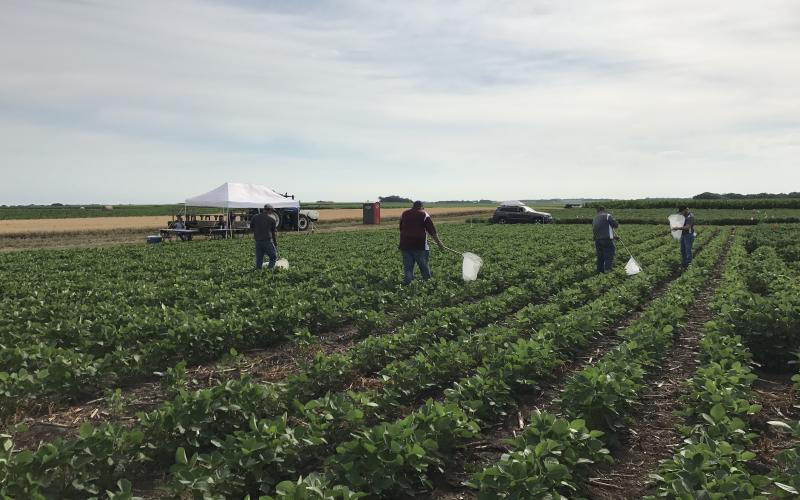Content by SDSU Extension

SDSU Extension to Host Open House at Lemmon Regional Center
July 29, 2021
Community members are invited to attend an open house at the new South Dakota State University Extension Lemmon Regional Center on Aug. 18 from 3 to 5:30 p.m. MT.

Harvesting Cucumbers
Cucumbers fresh from the garden are a summer treat! Harvesting them frequently not only helps keep the plant producing new fruit, but it also helps ensure that you are picking them at their optimal flavor and tenderness.

Registration Open for Chronic Disease Self-Management Lay Leader Training
July 27, 2021
South Dakota State University Extension is offering a virtual Better Choices, Better Health SD Chronic Disease Self-Management Program Lay Leader Training Aug. 19 to Sept. 30.

Shelf-Stable Foods Save Money and Help Families Stay Prepared
Many people may find themselves feeling worried or concerned about having enough food in their homes. One way to help with these worries and concerns is to purchase canned or dried foods also known as shelf-stable items.

Peterson Farm Brothers to Headline AgriCulture on the Square
July 23, 2021
After a one-year break due to the pandemic, AgriCulture on the Square will be back in Rapid City, South Dakota on Saturday, Sept. 11.

Sustainable Agriculture Curriculum Now Available for Middle School Educators
July 21, 2021
South Dakota State University Extension has launched a new educational program for middle school science teachers, homeschoolers and 4-H youth program advisors looking to add a sustainable agriculture curriculum to their lesson plans.
New Eastern South Dakota Grazing School Set For Aug. 11 – 13
July 19, 2021
The new school will be held at the Abbey of the Hills near Marvin, South Dakota and will feature both in-depth classroom education and in-field management of grazing livestock.

SDSU Extension to Offer Integrated Pest Management Field School Online
July 30, 2021
South Dakota State University Extension will kick off its 13th annual Integrated Pest Management (IPM) Field School Aug. 1.
South Dakota Grassland Management School Workshops Set For July 27, 28
July 15, 2021
The 2021 Grassland Management School workshops will be held at the Eck Restoration Project north of Henry, South Dakota on the shores of Warner Lake.

SDSU Extension Launches New Streamlines Podcast
July 14, 2021
Hosted by John McMaine, Assistant Professor and SDSU Extension Water Management Engineer, and Anthony Bly, SDSU Extension Soils Field Specialist, the audio series aims to bring listeners insight and discussion on all things water.